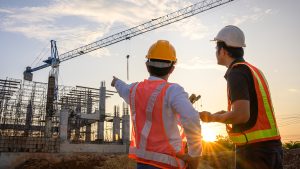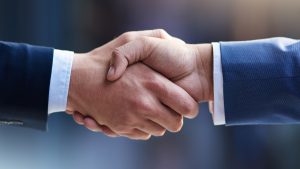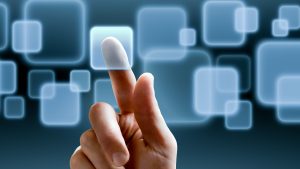
Approval in principle for methanol superstorage
Nippon Kaiji Kyokai (ClassNK) has granted approval in principle to SRC for ‘methanol superstorage’, an innovative tank design concept that uses a sandwich plate system technology to almost double shipboard storage capacity for both methanol and ethanol. The approval confirms that methanol superstorage is feasible for the intended application in accordance with the society’s 'Guidelines for Ships Using Alternative Fuels’.





